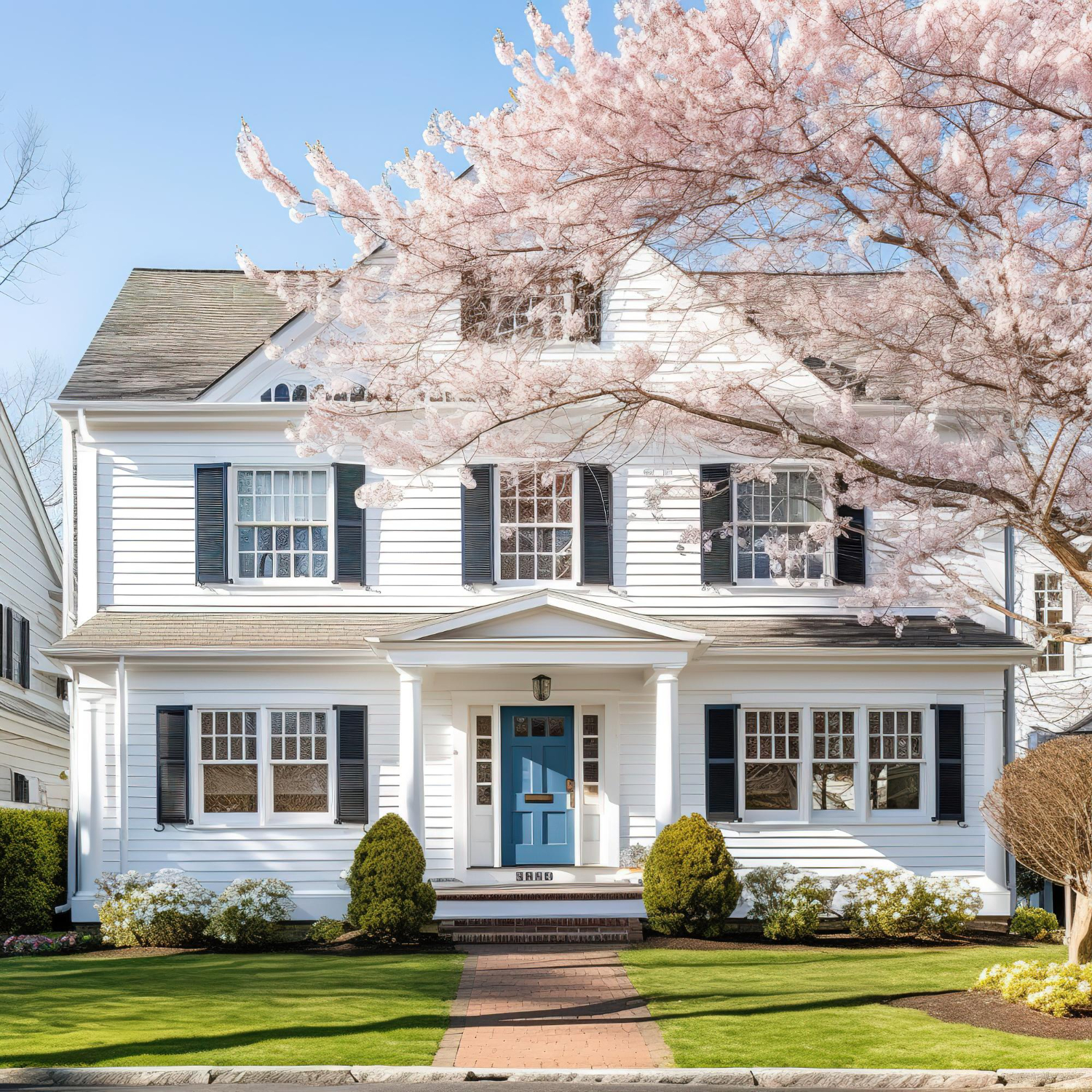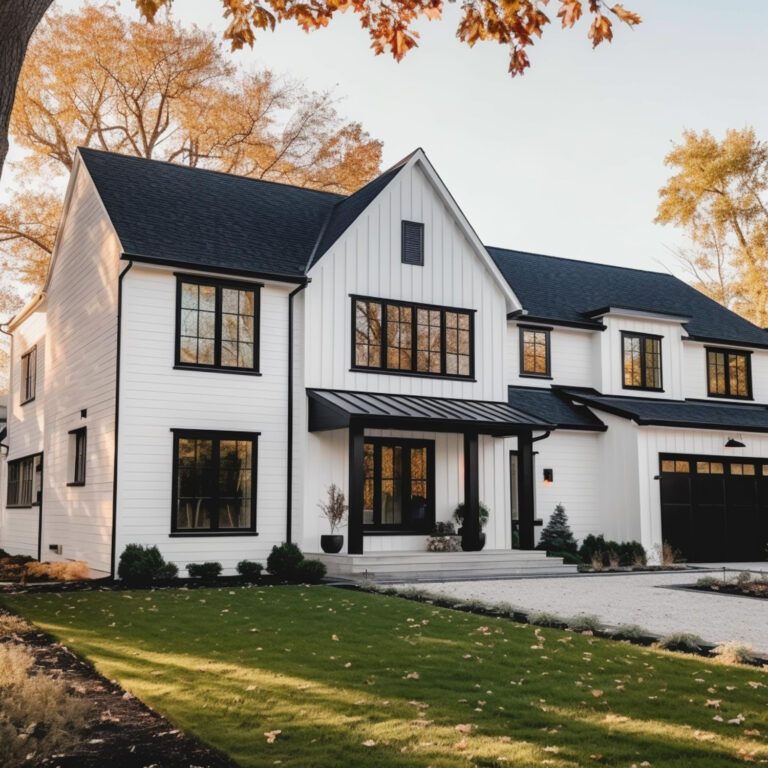Exploring Residential Architecture in the USA
Residential architecture in the United States offers a captivating journey through time, reflecting diverse cultural influences, regional climates, and evolving design trends. From historic colonial homes to sleek modernist marvels, the landscape of American housing is a rich tapestry woven with innovation and tradition.
One iconic style deeply rooted in American history is the Colonial architecture, characterized by symmetrical facades, gabled roofs, and multi-pane windows. These homes, inspired by European designs, often feature central chimneys and spacious interiors, embodying a sense of classic elegance that remains timeless.
As the nation expanded westward, so too did architectural styles. The Victorian era introduced ornate detailing, vibrant colors, and eclectic designs, with Queen Anne and Second Empire styles gracing many neighborhoods. These intricate homes showcase intricate craftsmanship, with decorative trim, turrets, and wrap-around porches adding to their charm.
In the early 20th century, the Arts and Crafts movement emerged, emphasizing craftsmanship, simplicity, and integration with nature. Craftsman bungalows became ubiquitous across America, characterized by low-pitched roofs, exposed rafters, and handcrafted details. These cozy dwellings fostered a sense of warmth and intimacy, celebrating the beauty of natural materials and artisanal workmanship.
The mid-century brought a departure from ornate ornamentation, giving rise to the Modernist movement. Architects like Frank Lloyd Wright pioneered innovative designs that prioritized functionality, open floor plans, and seamless indoor-outdoor living. The sleek lines and geometric forms of Modernist homes epitomize a minimalist aesthetic, while embracing the principles of organic architecture.
Today, American residential architecture continues to evolve, blending traditional elements with contemporary sensibilities. Sustainable design practices are gaining prominence, with energy-efficient features, green building materials, and passive solar design reshaping the way homes are built. Additionally, there’s a growing appreciation for vernacular architecture, celebrating regional styles and indigenous building techniques.
In conclusion, the architecture of homes in the USA is a captivating reflection of history, culture, and innovation. From quaint colonial cottages to cutting-edge eco-friendly dwellings, each style tells a story and invites exploration into the diverse tapestry of American design.

